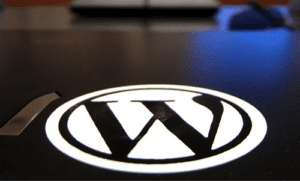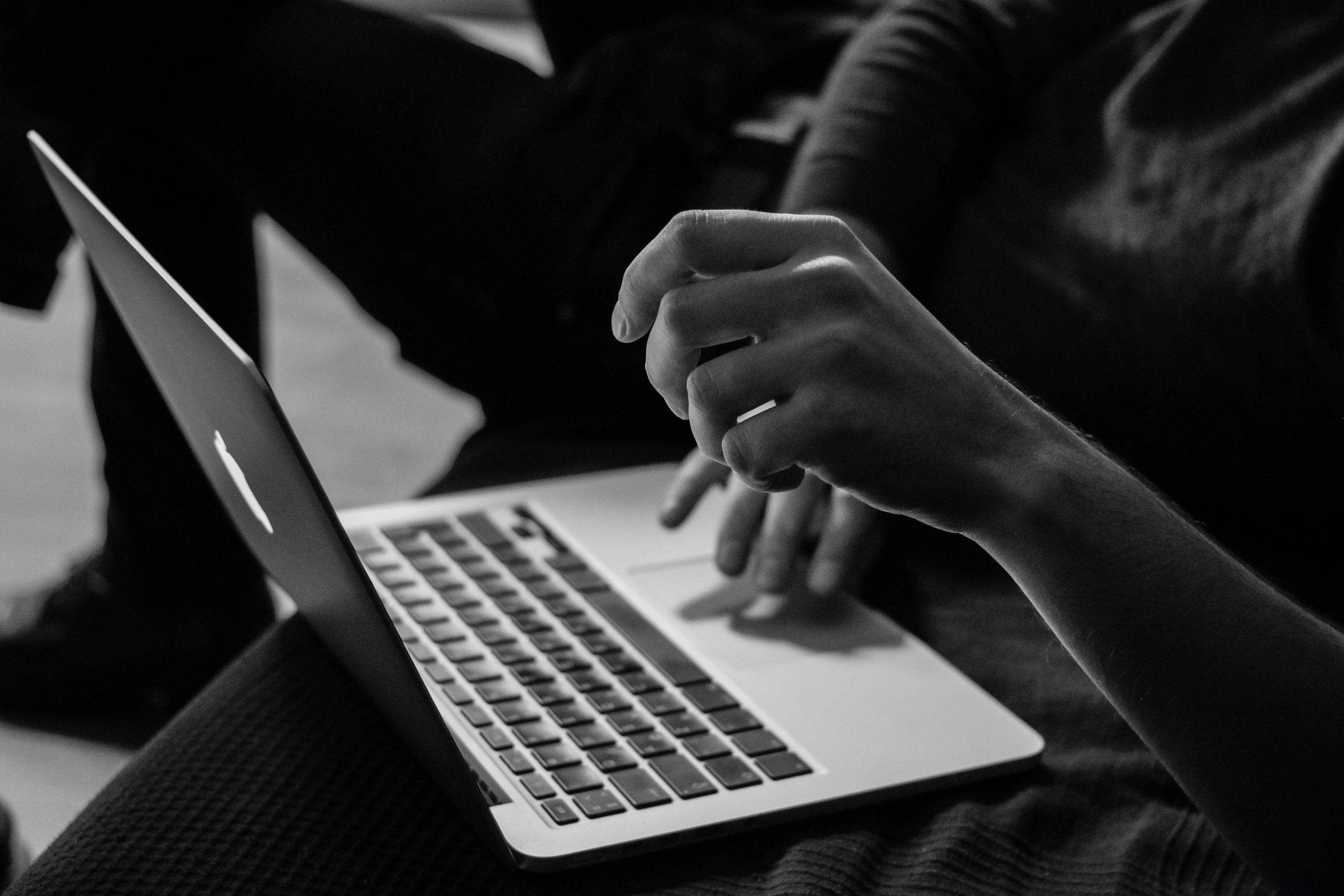 WordPress is a simple and user-friendly platform for setting up a blog for any purpose. Whether you are planning a personal blog, one devoted to an interest or hobby or a commercial website, WordPress is an easy way to set it up. Let’s look at the steps involved for WordPress website design.
WordPress is a simple and user-friendly platform for setting up a blog for any purpose. Whether you are planning a personal blog, one devoted to an interest or hobby or a commercial website, WordPress is an easy way to set it up. Let’s look at the steps involved for WordPress website design.
Installing WordPress
The first step is to install WordPress. Most web hosting companies have a simple process for this that requires no programming knowledge. Look for your host’s script installer, which might be called Fantastico, Softaculous, SimpleScripts or something else. These are one-click script installers that provide step-by-step instructions on how to install WordPress. You will have to decide which domain, add-on domain, sub-domain or directory on which to install WordPress.
For the advanced website designer, you can do a manual install of WordPress.
Choosing a Theme
Once WordPress is installed you have to set up your new site. The first step is choosing a theme. WordPress provides a free default theme which you can use if you’re not sure which theme to use. You can always change your theme at any point. There are also hundreds of other free themes available, which can be found under Appearances on your WordPress dashboard.
If you want your WordPress website design to be more distinctive, you may want to invest in a premium or custom theme. You can, for example, find premium themes that are appropriate for specific interests or types of businesses. If you want your theme to be unique, you can hire a designer to create one according to your specifications.
Basic Settings
You now have to create your basic settings. If you click on Settings on your dashboard, you will see a list that includes General, Writing, Reading, Discussion and Media. You will want to fill out at least the General settings right away. Here you will include information such as your site title, tagline and URL for your site.
You may also want to set up some widgets right away. These are found under Appearance. For example, you can set up the Pages widget so that all of your site’s pages are displayed on your site so readers can click on them. You can also set up widgets to display features like categories, recent comments or RSS feeds.
Setting up WordPress is Simple
Once you’ve set up your basic design, there are many other things you can do to make your site more distinctive. What’s great about WordPress is that it’s easy to set up but it also gives you the potential to add many advanced features as you learn more about it. For example, there are lots of plugins that perform various functions making WordPress equally suitable for beginners as well as advanced website designers.










